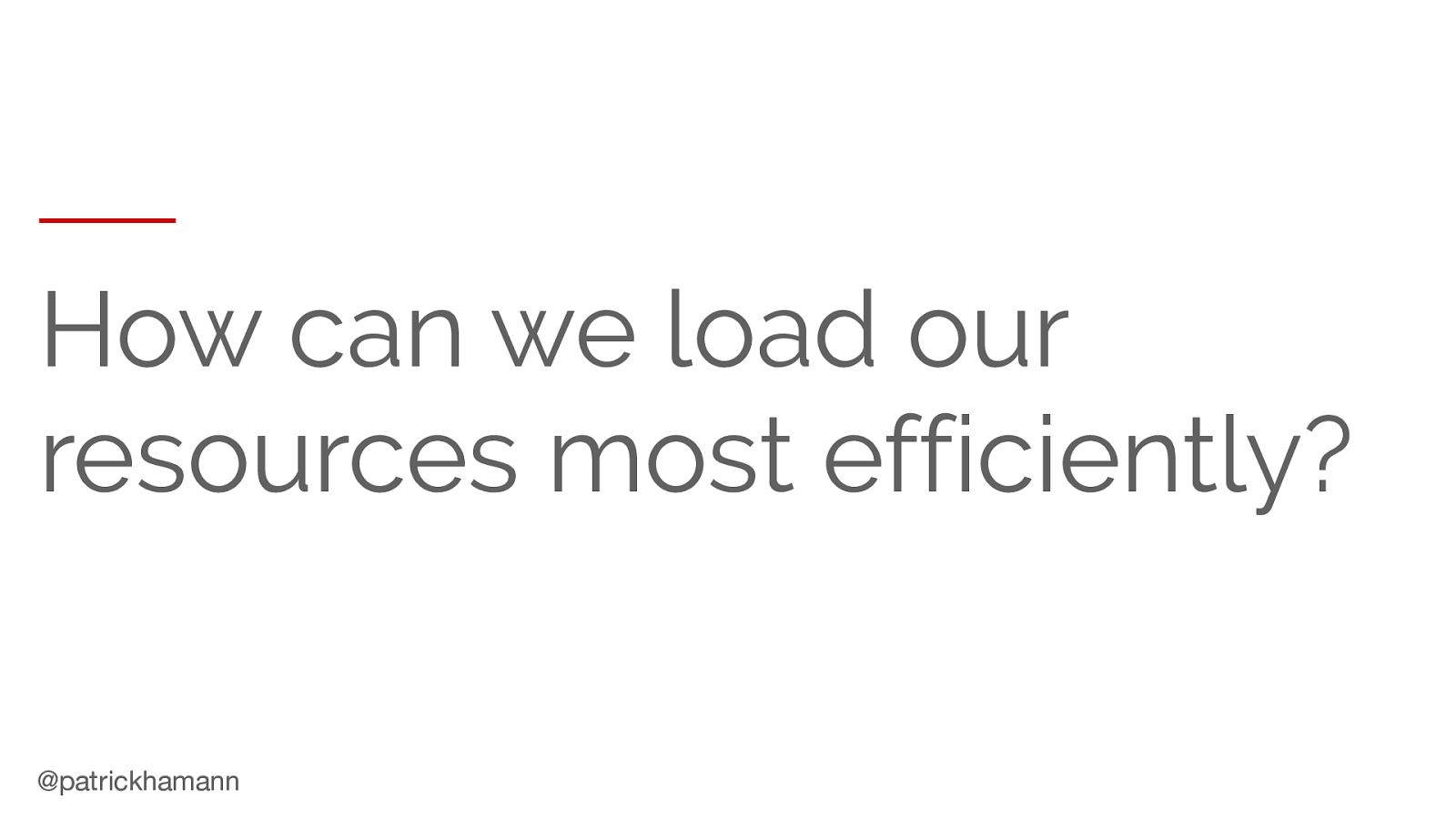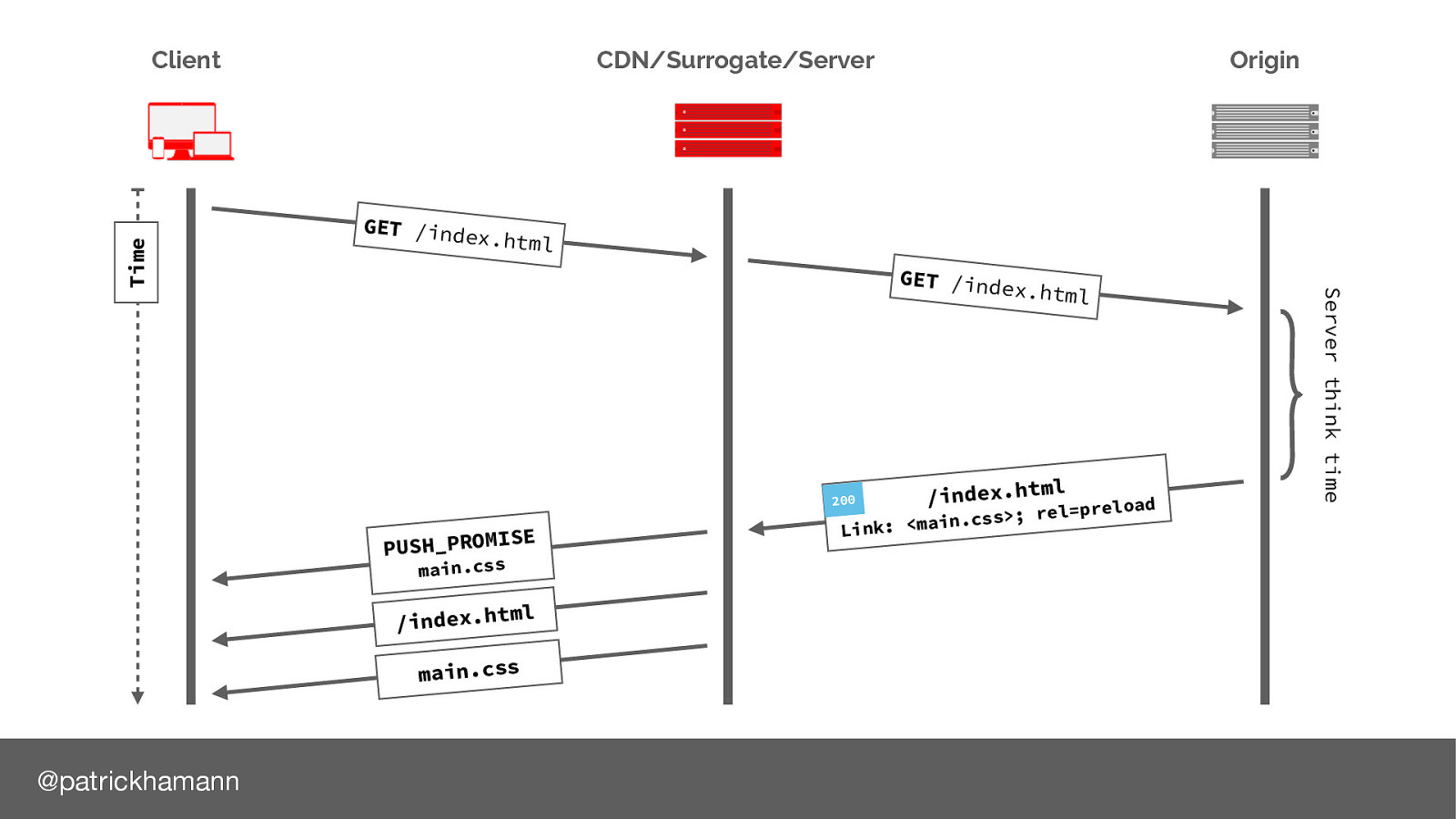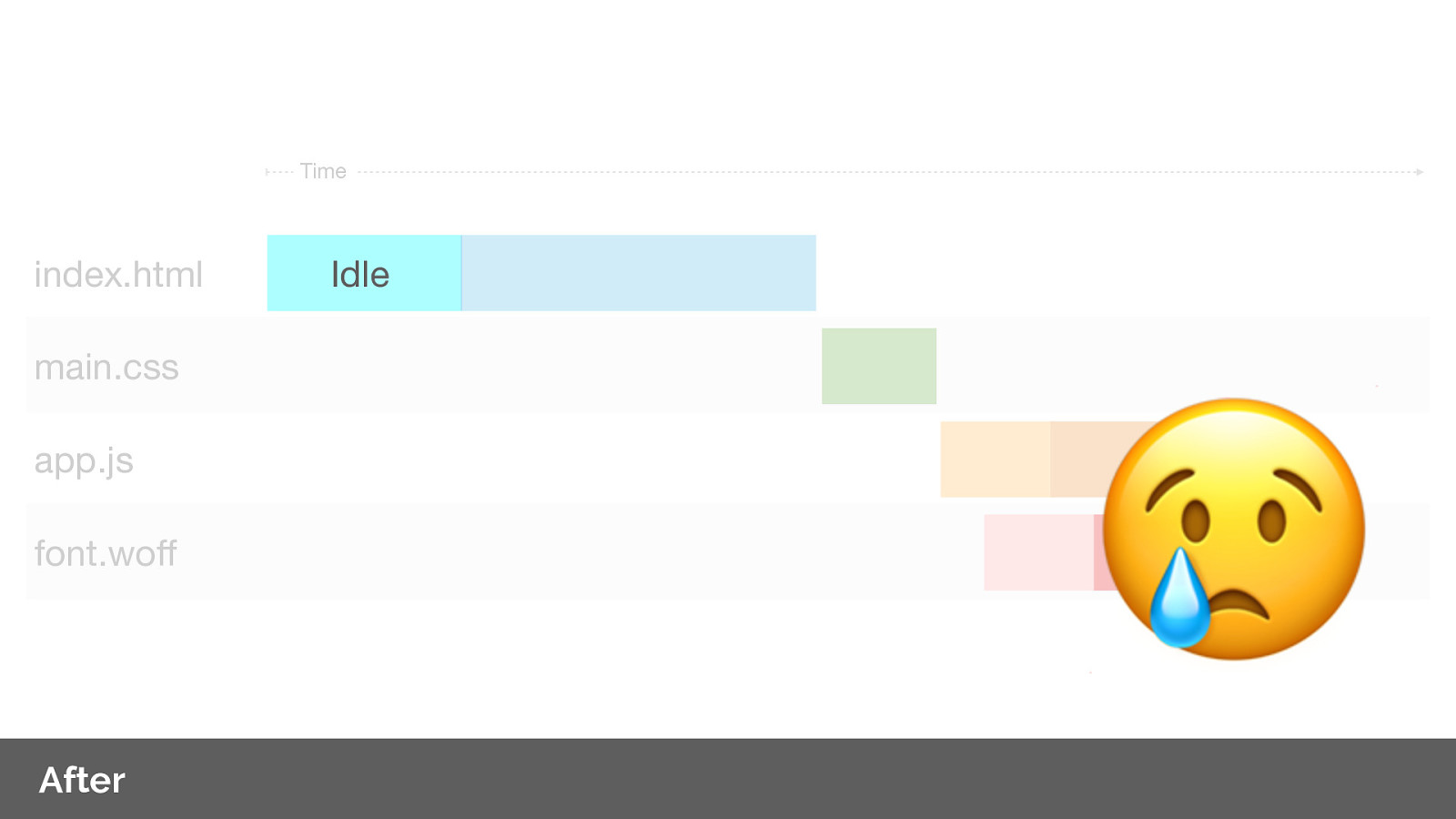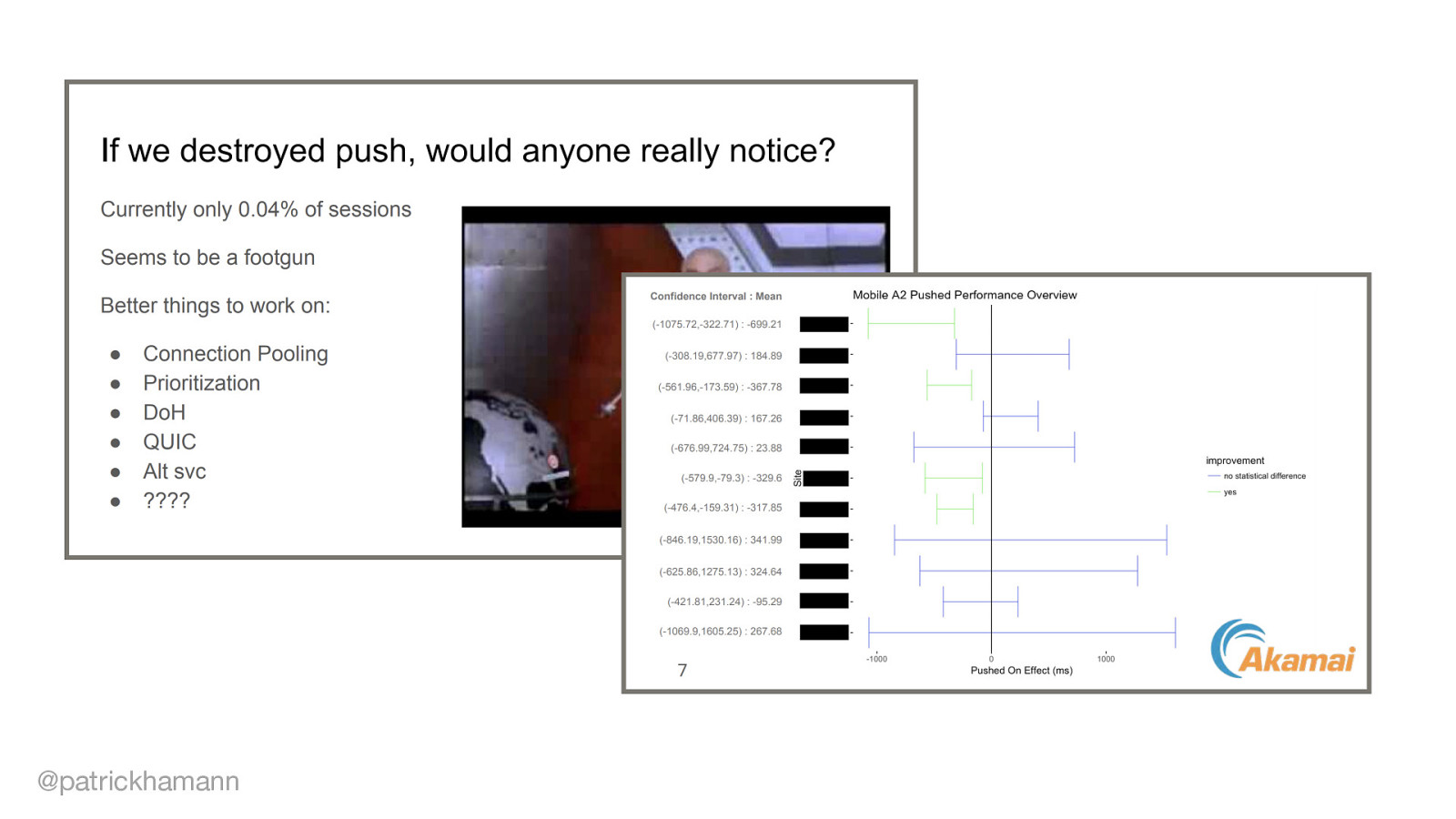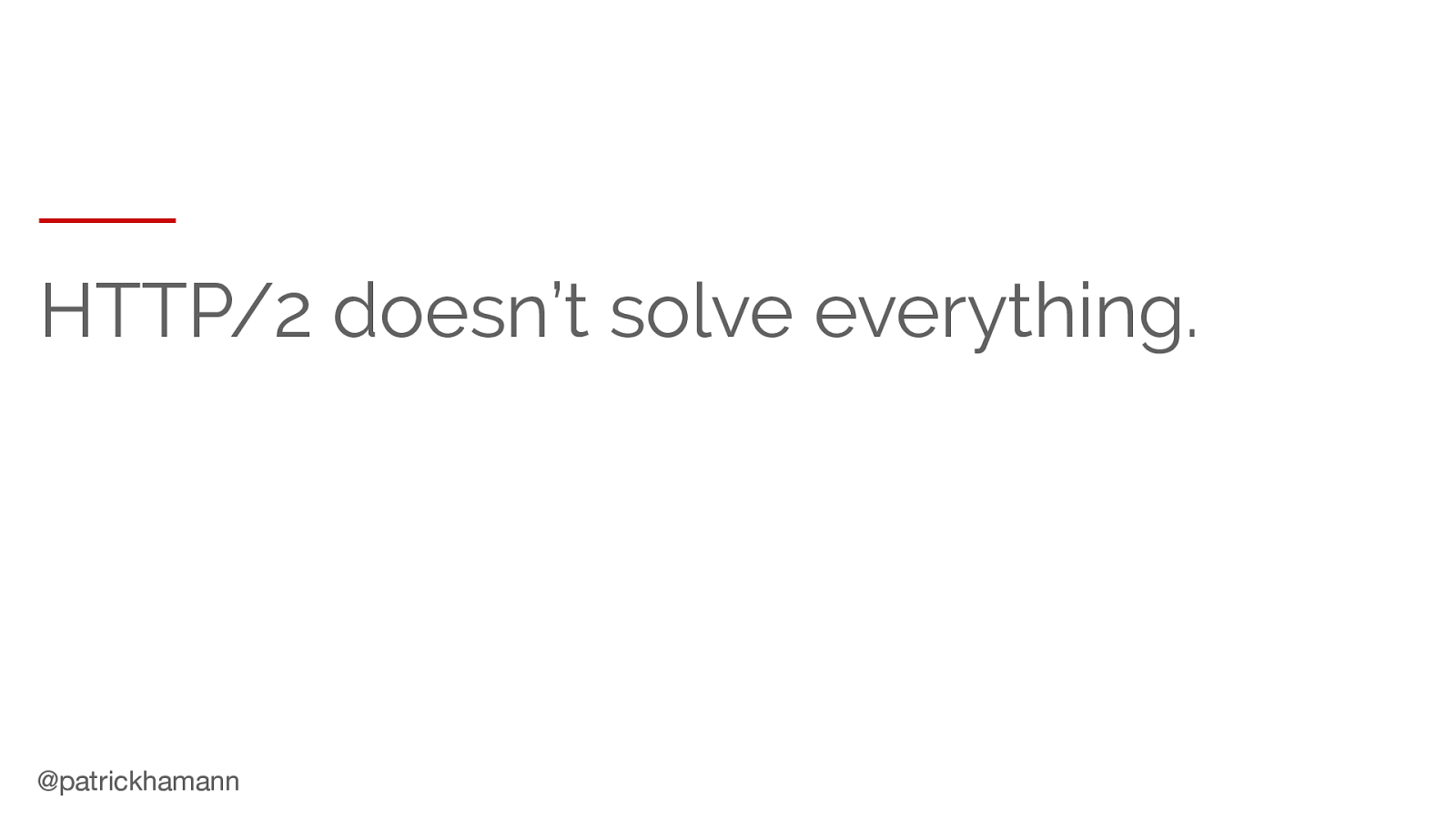To push, or not to push?! A journey of resource loading in the browser
¡Hola! Full Stack Fest! It’s a pleasure to be here. I’ve heard such great things about this conference. So it’s a privilege to be here. Thank you to the organisers for inviting me. You can catch me on Twitter here, but please ask question at the end and find me in the break. I’d love to hear about your performance wins and struggles.







